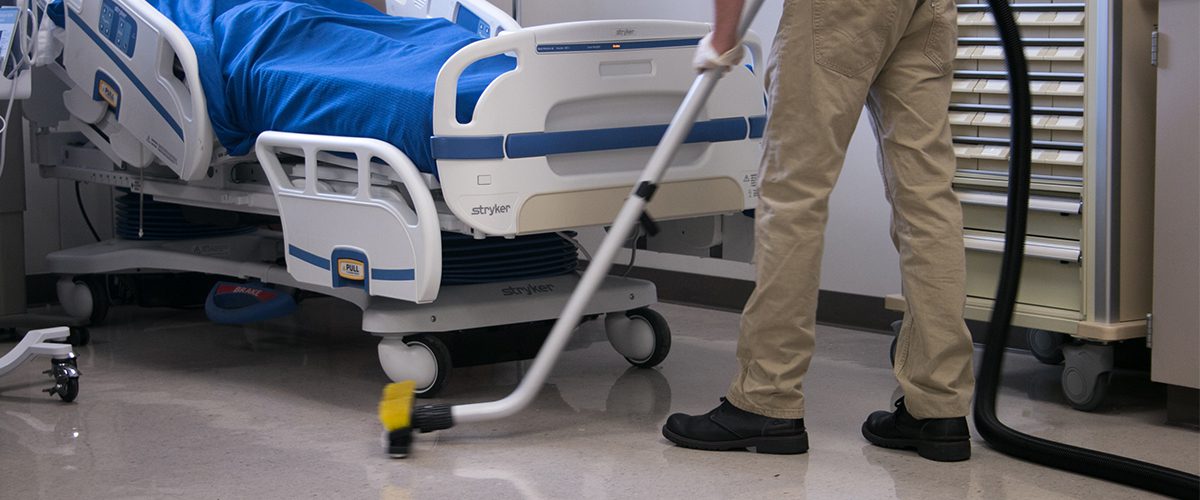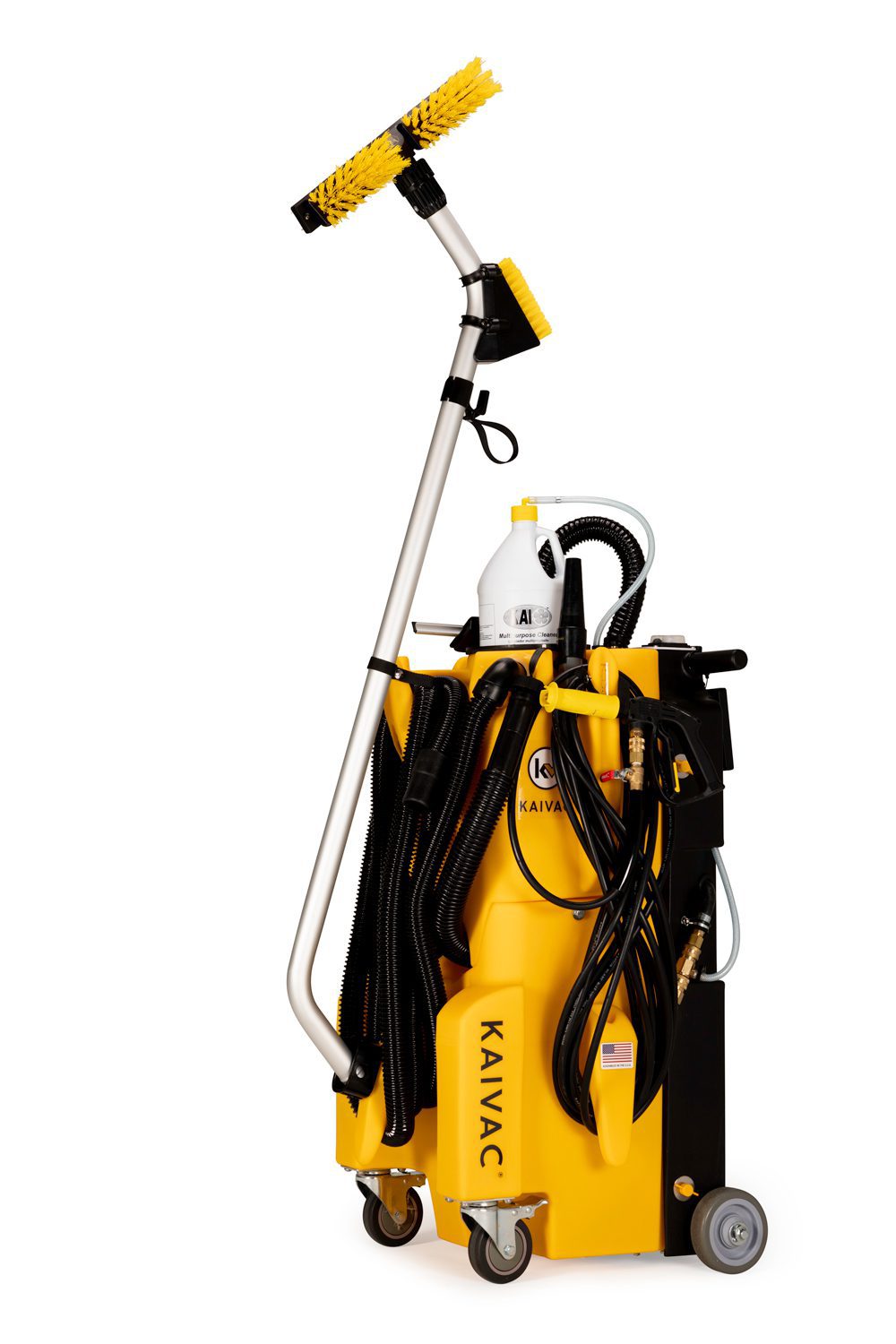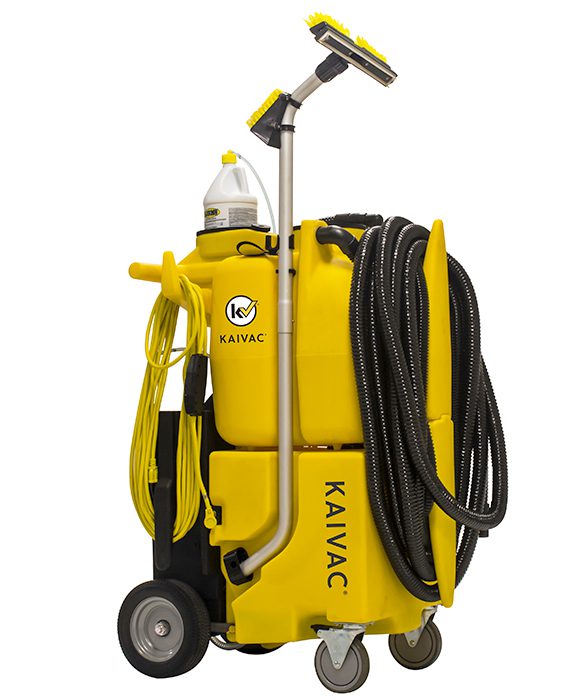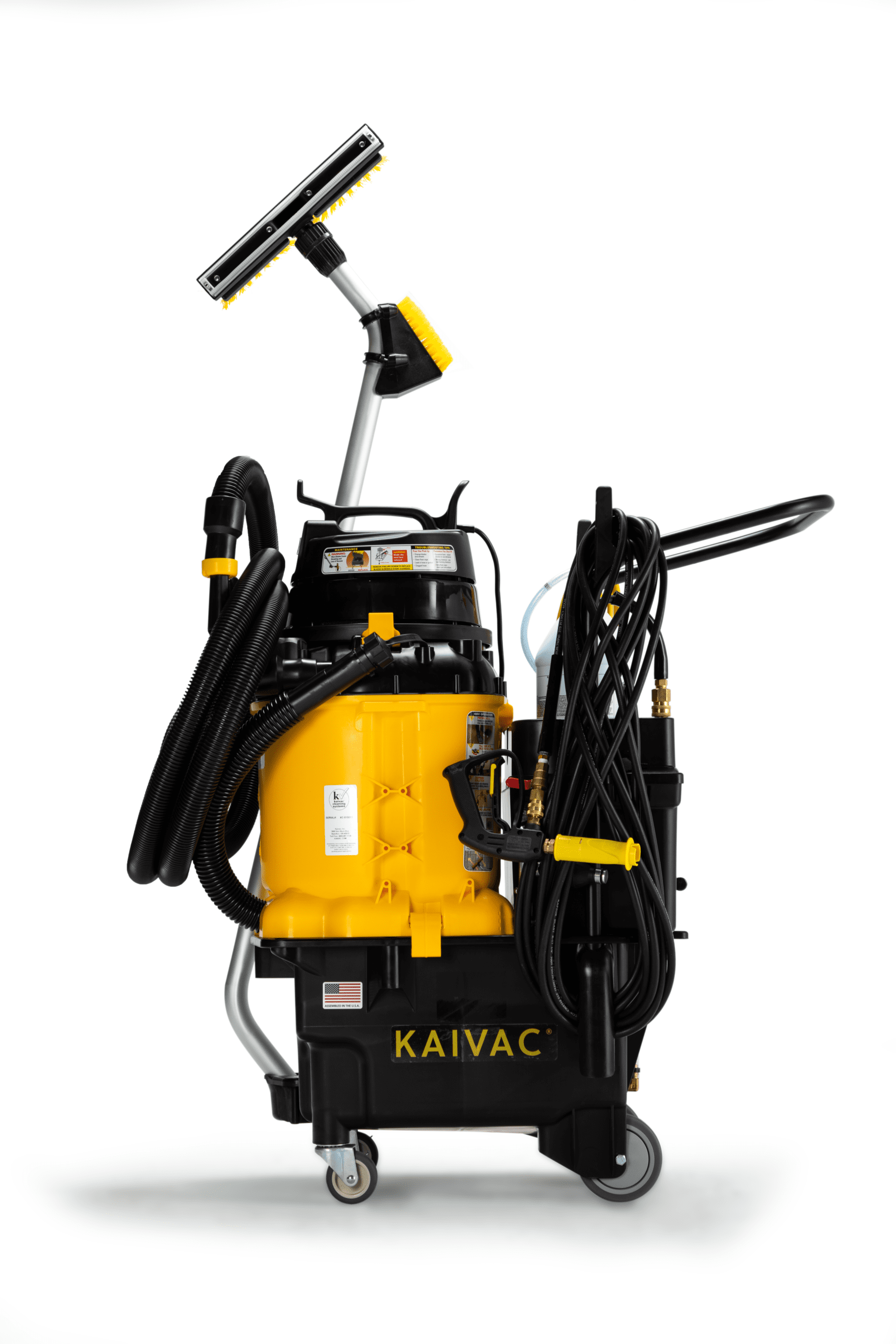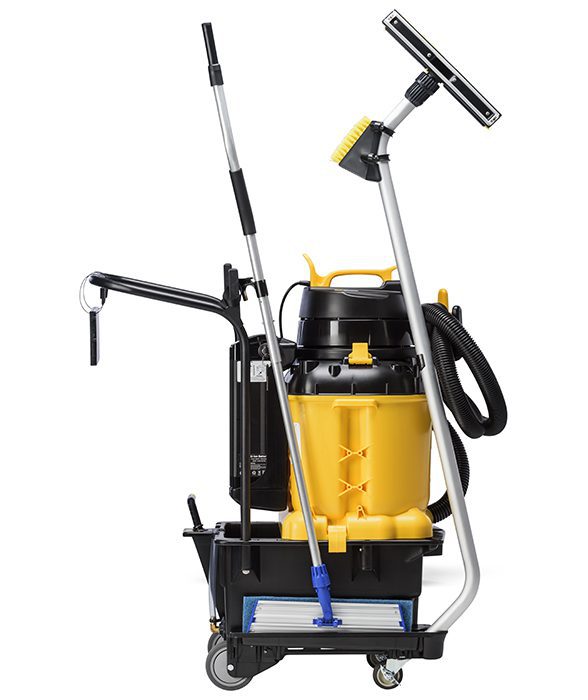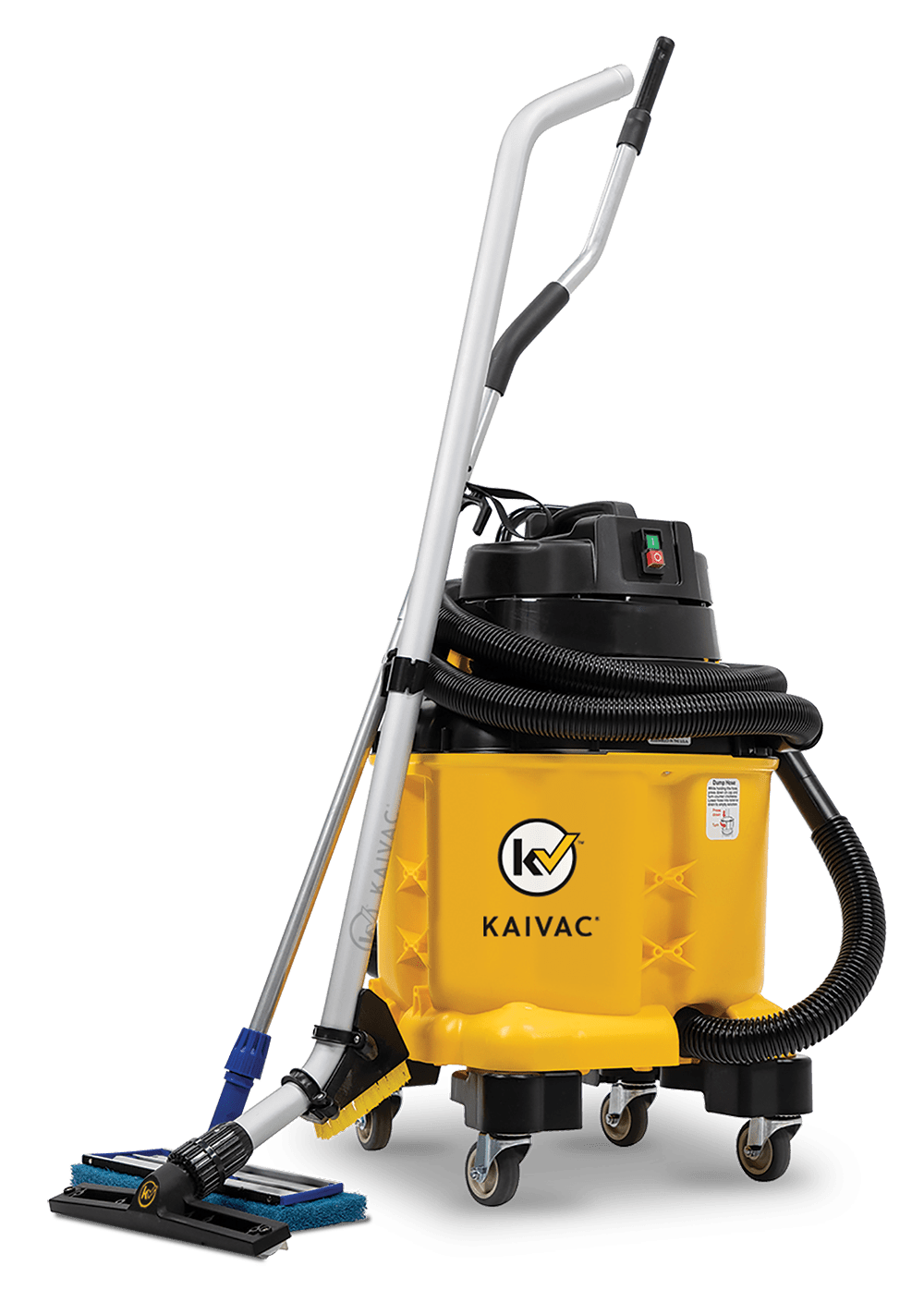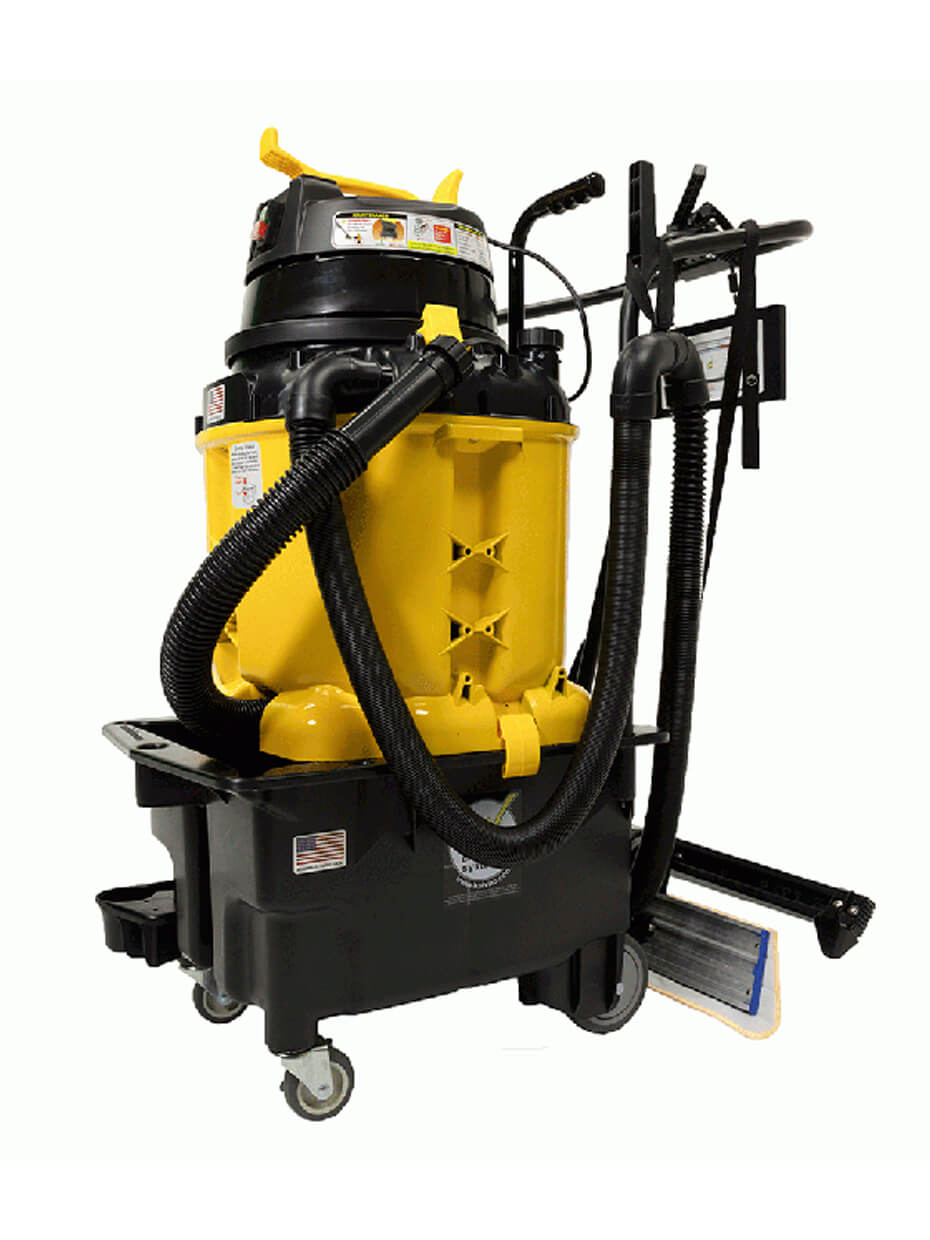Clean hospital floors create healthier, safer hospital environments. Bacteria, viruses, and other pathogens regularly pollute hospitals, clinics, and other healthcare settings. Leaving these germs in place increases the risk of cross contamination and contracting a dangerous hospital-acquired infection.
To combat potential infections, hospital environmental service employees regularly clean and disinfect common touchpoints like counter tops, bed rails, light switches. But what about the floors? Long overlooked as a potential infection source, healthcare floors were once considered non-critical areas when it comes to cleaning and disinfecting.
Thankfully that thinking has changed. Patients, visitors, and employees regularly touch the floor when picking up dropped items or tying a shoe. The also handle bags, books or any personal item set down on the floor. This means clean healthcare floors are integral to infection prevention and the overall health and safety of the facility.
Here’s how to clean hospital floors to keep everyone healthy and safe.
Clean Hospital Entrances Set the Tone
First impressions are important for any institution and healthcare is no exception. Well maintained lobbies and main entrances inspire confidence and set the tone for the rest of the building. They also reduce slip and fall risks, protect expensive building materials, and look shiny despite a heavy foot traffic.
But the benefits of a clean hospital entrance are more than cosmetic. Along with dirt and moisture, research shows that dangerous pathogens like C. Diff, E Coli, and other bacteria regularly walk through the front door on the bottom of shoes. Undesirable in any building, this is unacceptable in a healthcare setting.
Cleaning hospital entrances daily removes these threats. Autoscrubbers are an effective yet expensive choice. These large, cumbersome machines can also leave scratches if the floor is not dust mopped first.
The AutoVac Stretch™ from Kaivac is a better option. This technology completely removes dirt, debris, and unwanted pathogens from wide-area hard surface floors. Inexpensive to own and simple to operate, the machine works quickly and leaves floors dry and ready to walk on.
Clean Hospital Hallways Guide the Journey
Hospitals have a lot of corridors for people, and germs, to travel through. Shoes, rolling equipment, and wheelchairs move dirt and pathogens from heavily soiled restrooms and patient rooms to the rest of the facility. Cleaning hospital hallways protects the entire healthcare environment.
To do this job, some environmental service departments choose a flat, microfiber mop. A better option than an old-fashioned string mop, reusable microfiber mops still hold on to a fair number of pathogens if not laundered correctly.
“We have had a false sense of security about using these mop heads — how clean they are,” says Jack McGurk, medical waste consultant and co-author of “From the Floor Up” in this article.
In answer, some institutions moved to single use microfiber mop heads. When used correctly these tools remove the risk of cross contamination. But they have downsides as well.
Single-use microfiber mops are only effective for a set amount of square footage. Larger areas will require two or more mops. These single-use microfiber mops can be damaged when used on grouted or rough floors. They also generate waste, increasing their environmental cost.
Consider the AutoVac Stretch instead. This battery-operated technology works quickly and quietly, making it perfect for cleaning busy hospital hallways. Dirt and germs are completely removed, leaving floors shiny and completely dry. The machine has also been certified by Green Seal® for Environmental Innovation so it can help meet a hospital’s green cleaning goals.
Clean Patient Room Floors Protect the Vulnerable
Clean patient room floors help protect everyone. According to a study published in the American Journal of Infection Control, these surfaces can harbor a host of dangerous pathogens including C. diff, MRSA, and VRE. Once on the floor these nasty bugs can easily end up on patient’s socks, the wheels of rolling equipment, or healthcare worker’s hands.
Clearly, clean patient room floors are critical to health. The good news, over 80% of the bacterial load on hospital floors can be removed by detergent-based cleaning, according to this article in the national Library of Medicine. But the method of removal matters.
Washable, microfiber mop heads still use cleaning solution. During the cleaning process, this mop water becomes increasing contaminated. Eventually, this “safe” cleaning method turns into the perfect medium for spreading microbes around the environment.
Try the AutoVac Stretch instead. This technology removes 98% of targeted soils with no risk of cross contamination. The machine is easy to use and works quickly leaving floors clean and dry. Clean healthcare floors lead to better health outcomes. Click here to learn more.
